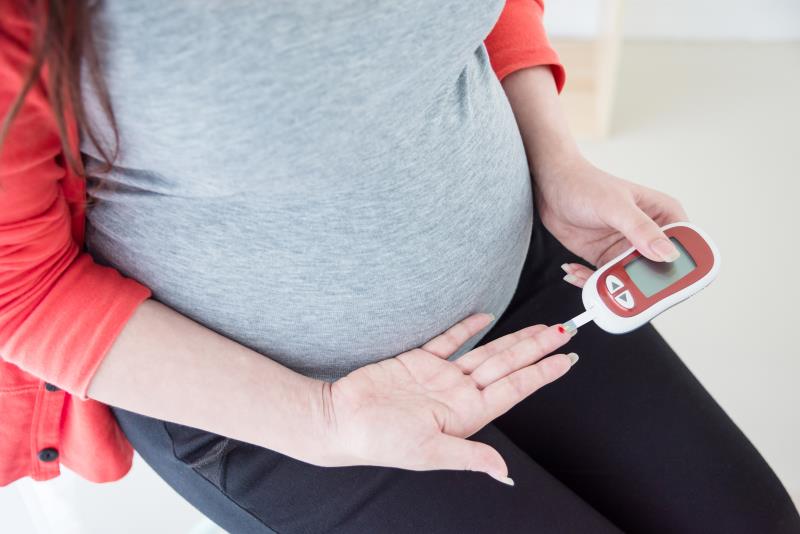
Dietary intake of n-3 polyunsaturated fatty acids (PUFA) during pregnancy appears to facilitate the relationship between plasma irisin and glucose metabolism, a new study has found.
Using a validated and quantitative food frequency questionnaire, researchers evaluated n-3 PUFA intake in 932 pregnant women (aged 20–45 years) at 20–28 weeks of gestation. Enzyme-linked immunosorbent assays were used to measure plasma irisin and insulin, and the homeostatic model assessment was used to assess insulin resistance (HOMA-IR).
In the overall cohort, plasma irisin was significantly but inversely correlated with HOMA-IR (β, –0.250±0.082; p=0.012) and fasting plasma glucose (β, –0.067±0.025; p=0.018). In comparison, HOMA-insulin sensitivity (IS) was positively and significantly associated with plasma irisin (β, 0.028±0.007; p=0.012).
Participants were then categorized according to n-3 PUFA. In those with high dietary intake, plasma irisin remained significantly associated with HOMA-IS (β, 0.038±0.013; p=0.015) and fasting plasma glucose (β, –0.092±0.033; p=0.015), but not with HOMA-IR. In those with low dietary n-3 PUFA consumption, irisin was not correlated with any glucose metabolism measure.
In addition, oral glucose tolerance test found that 18.89 percent (n=176) of the participants were positive for gestational diabetes mellitus. Increasing levels of high plasma irisin appeared to be protective, though statistical significance was not achieved.
Stratification according to dietary n-3 PUFA intake did not change this overall pattern. While increasing irisin did not show significant protective effect in either PUFA group, the magnitude of effect was stronger in those with higher intake levels.